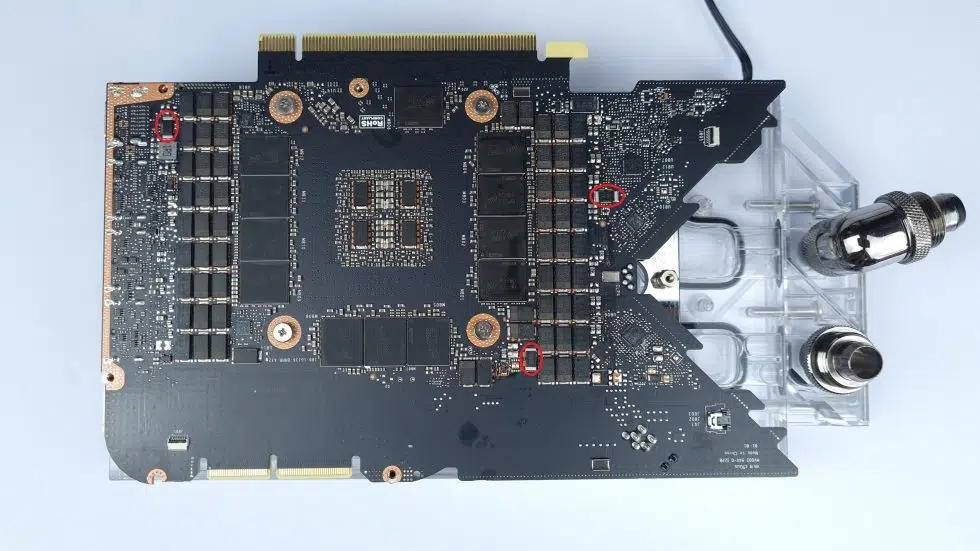
In a surprising turn of events last week, NVIDIA asked its AIB partners to halt production of its newest flagship GPU, the GeForce RTX 3090 Ti. Well-known reviewer and hardware tester Igor Wallosek of Igor’s Lab has come forward with a possible explanation on the matter. He says that it could relate to reusing a PCB design on the Founders Edition that may not be up to the needs of the upcoming card. He begins by explaining that it could, in fact, be due to anything, but makes notice of how he’s been assured by three AIB partners that their models are working flawlessly.
However, I also have to narrow that down, by now even three major board partners have assured that their cards are running without any problems, that there are no real problems with them and that the hold came from NVIDIA without giving any reasons. Whether NVIDIA is now struggling with its own Founders Edition and the rest of the providers will have to wait for the “MSRP model” who knows… But it is certainly no secret that the adaptation of the FE is not easy (even down to the cooling).
Igor provides some insight into the development process and also theorizes that the GeForce 3090 Ti could be a “unicorn” card in that there will be nothing else quite like it within the current Ampere generation. If true, he says it wouldn’t make sense for NVIDIA to have designed a new board from the ground up for what is only a slight increase of performance over the previous GeForce RTX 3090. Having said that, he believes that NVIDIA may have actually used the board for the former card with the latest GPU.
Since the GeForce RTX 3090 Ti is more likely to lead a unicorn existence, it would make little sense to develop a separate circuit board for a physically almost identical card (apart from the GPU and the memory) or this new card then to send it through NVIDIA’s Greenlight program to validate all individual steps.
AIB vs. FE Board designs
He goes on to mention that board partners would also likely reuse their own designs. One known exception to this is that the EVGA GeForce RTX 3090 Ti Kingpin is said to feature a dual 12-pin design. However, it was also said that MSI is using their 3x 8-pin design seen on the Suprim and Trio models for the Suprim X instead of the new 12-pin that NVIDIA debuted with the Ampere series, and that “the devil is in the details because the complete power supply of such a card is a very fragile and carefully balanced construct.”
It has already been reported that the GeForce RTX 3090 Ti will feature the highest TDPs for a consumer-grade graphics card ever released by NVIDIA at 450 watts. It has also been rumored that some AIB models could go significantly higher; the Kingpin could easily exceed 1000 watts. Such power draw brings added demand from various components such as capacitors and shunts, along with increased thermals, plus the usual firmware and driver updates.
However, a significantly higher TBP (from approx. 480 watts) is stored in the firmware for the GeForce RTX 3090 Ti, i.e. the value for the entire graphics card including all existing 12-volt rails. And if we now keep the components from the schematic above in mind, things will also be quite fun thermally, especially in the area of the GPU, the GPU voltage converters and the memory.
Igor did an extensive amount of testing on a GeForce RTX 3090 FE board to see what its thresholds might be. He noted limitations of the original shunts and made modifications. Even with those mods and liquid cooling, things did not go well in trying to reach the aforementioned 480-watt TDP. It was possible but unstable and not able to be operated continuously. Furthermore, it wasn’t able to go much higher and at 500 watts it failed.
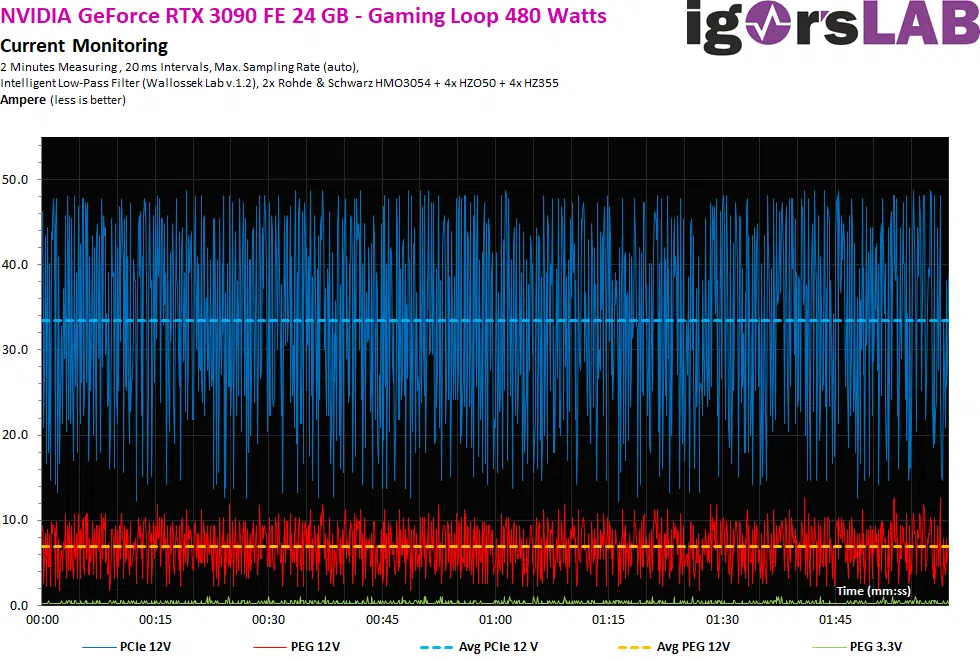
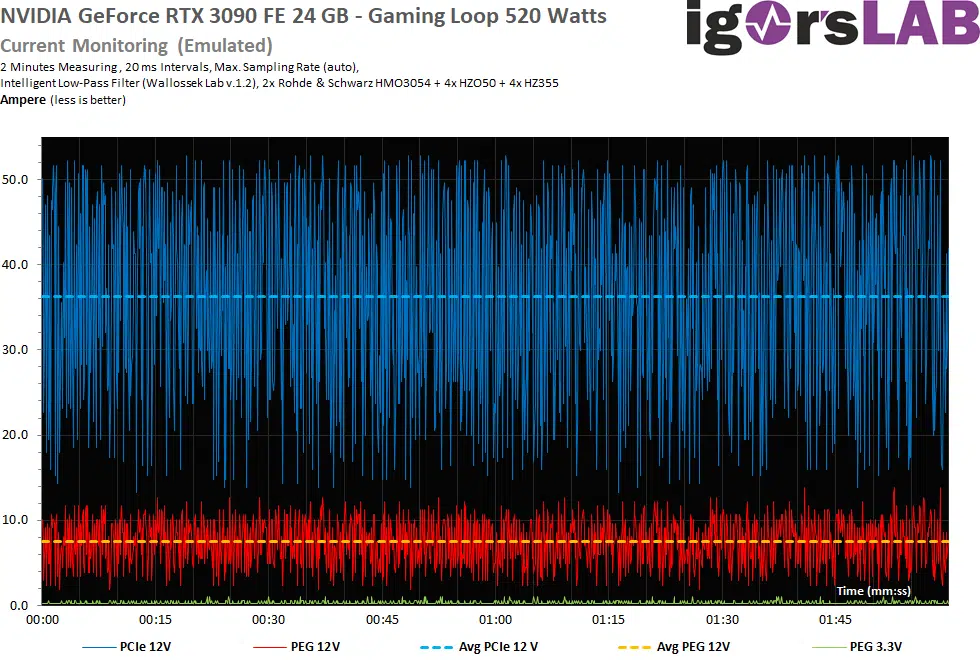
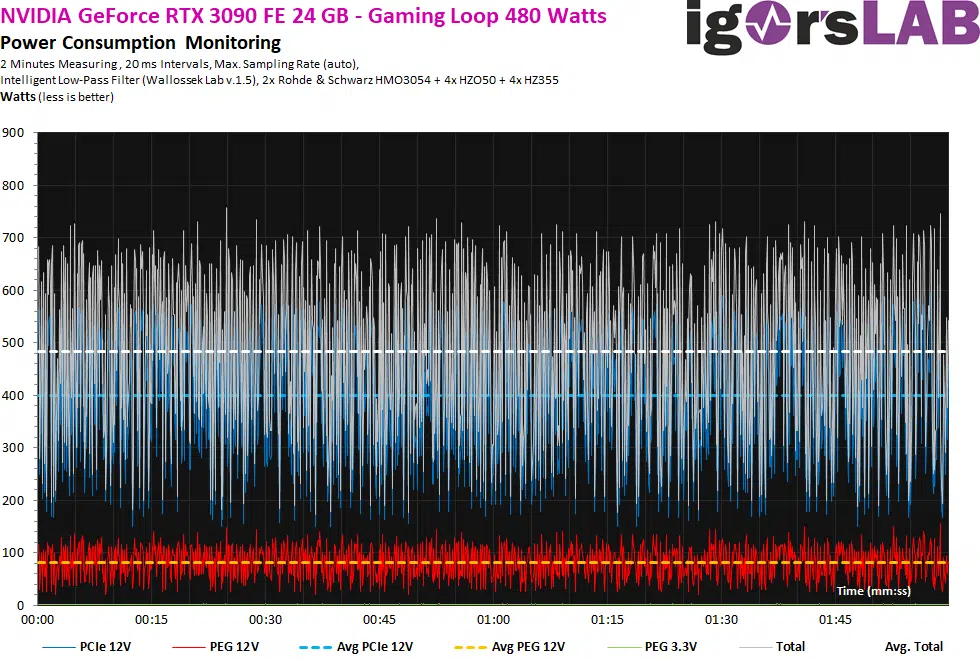
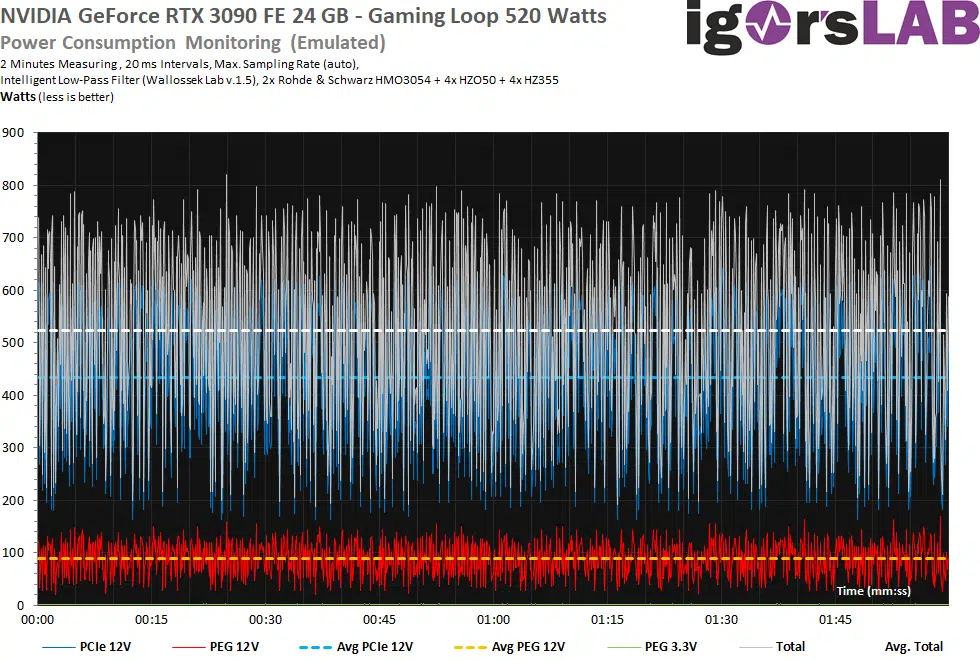
“Unfortunately, despite manual OC, I didn’t get much higher than 490 watts, because that’s where the voltage runs out in the end. Unfortunately, the 500 watts were no longer possible”
It is still not known why NVIDIA asked its partners to halt their production, but if Igor is on the right track, he could well have hit the nail on the head or at least been in the right direction.
Source: Igor’s Lab


